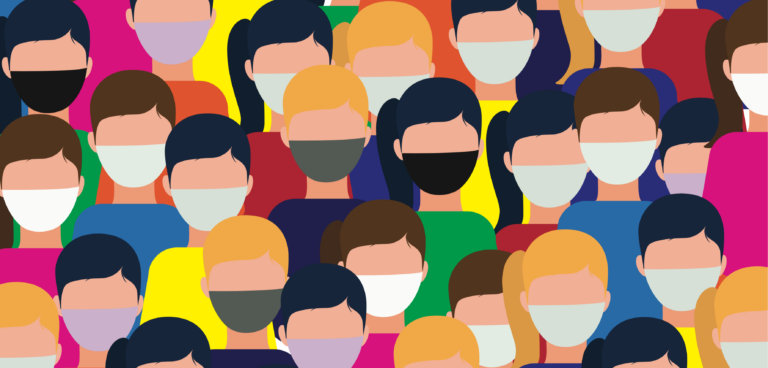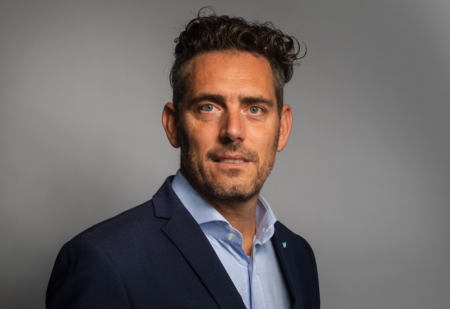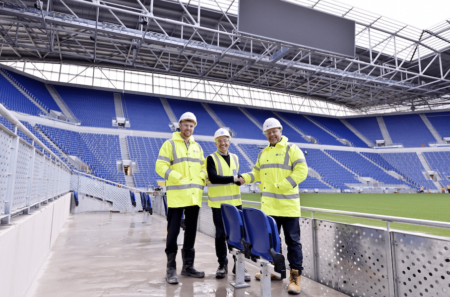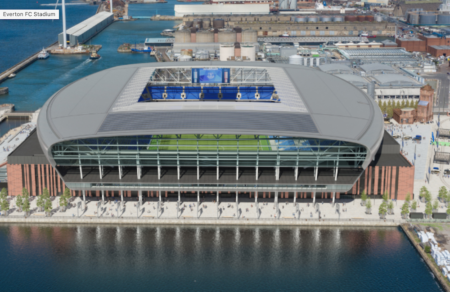With sport shutdown and stadia around the world remaining empty as a result of the Covid-19 pandemic, there are many questions that still remain unanswered about what happens when play is able to resume. Jonathan O’Neil Cole, founding principal of Pendulum Studio, a Kansas City-based firm that specializes in the design of sports facilities, has written a thought-provoking whitepaper on the situation and asks whether live sporting events will ever be the same again.
“What if we don’t get public assembly back, i.e. live sports…I’m not sure a virtual experience can replace the real thing. Is there/should there be a middle ground between negativity, caution, optimism, and gaslighting as we move forward?”
I posed this question to fifteen of my most trusted colleagues, mentors, and friends with experience, expertise, and varying ages within industries that include the following:
Minor League Baseball (MiLB) operations
Minor League Baseball (MiLB) executives
Minor League Baseball (MiLB) ownership
Art/Fabrication
National Football League (NFL) Season Ticket Holder/Rabid Fan
Retired Police Officer/Private Security
Chef/Restauranteur/Hospitality
NASCAR Executive
Manufacturing/Modular Construction
Corporate Executive
Data Analyst
Marketing/Sponsorship & Sales
Private Equity Management
Luxury Retail
Four Time NCAA Soccer Champion
For those that are not aware, the term “gaslighting” is defined as: “a form of psychological manipulation in which a person or group covertly sows seeds of doubt in a targeted individual, making them question their own memory, perception, or judgement.”
There are certainly some that believe “gaslighting” with the goal of getting things “back to normal” for the purposes of boosting the economy, even at the risk of encouraging the public to act as if COVID-19 never happened, is hazardous. I tend to agree that if municipal and government authorities say tomorrow, it’s now safe to leave our homes, we shouldn’t just throw caution to the wind and go back to life as we knew it thirty days ago. The real question from a public assembly perspective, and as designers of public assembly spaces, i.e. ballparks, stadiums, and arenas; what is the most reasonable path forward
Let’s start with the responses I received:
“We will get public assembly back some day – humans crave it. My guess is that things will be almost normal from that perspective sometime in or around October.”
“We will get it back. It’s basic human nature. Eventually we will sacrifice a few to maintain the herd! It may seem cruel but we need each other. We’re stronger as a collective.”
“Great question. I think the answer lies in the questions that are being asked. We are asking, how can we entertain our fans in different ways? What are the frustrations our fans are going through and how can we solve them? How can we deliver fun and entertainment by looking at ourselves as a media company instead of just a live entertainment company? People will get back together in large gatherings at some point. The key will be not just who survives right now but who thrives now by dramatically increasing their social presence and their entertainment for their fans. Our entire team is producing now and contributing ideas and content for our fans. New shows are being launched, new platforms, and new ideas we’ve never considered. Ballparks may have to open 50% capacity and change how they do lines, concessions and seating. I want to think about not necessarily lowering people but spreading them out and using the stadium differently. Thinking temporary seating options, using outfield, etc.”
“I would first like to know what the NFL will do with my season ticket money! My thought would first be that independent sports (like golf), or one on one events (like tennis and boxing), will make the first rebound. Before the pandemic, television productions had gotten so good that many people would bypass the live event for the comfort of home. I think they can creatively produce a TV product worth watching without crowds. I don’t think video games will ever replace the real thing. Things like Madden are only good because it uses the names of the real people we love to watch.”
“Too much money being lost by super rich folks for that to not happen. I expect when things open up there will be an initial requirement for face covering.”
“I think there are three ways to go about this whole thing…one is hoping and praying that things go back to normal sometime soon based ONLY on the fact that the government wants to get things back open. People that either don’t know or don’t care if they get sick or are willing to risk it will just go about life as normal….those people are out there, believe me. If I open up tomorrow we’d be full. The second option is to go super small…if new mandates and social distancing orders continue to be a thing then new micro businesses will open because people like me aren’t trying to make food in hazmat suits and drop them off in no contact car drive ups. To me I do this because the connection is the juice. I thoroughly enjoy the interaction of cooking and dining and the experience, that’s why I do this.”
“A huge worry of the food and beverage industry is that people are going to be home for like three months and realize they don’t need to go out to eat all the time.”
“It will drive us to reevaluate our physical closeness. We live in a nation with very high anxiety and invisible contagions will exist long after COVID-19. There will be personal space and comfort levels. Our new stadiums must keep some form of social distancing in mind during our design phases. New stadiums will have more open room with live bigger screen TVs and areas where smaller groups can gather. Egress will also have to change and seat spacing will get wider. Sanitation will also jump to a new level. We see a time coming that will include automated self washing stadiums. Airflow will become very important and we can ventilate and filter air through the seating decks. Hand washing outside stations will be the new norm (prison style sinks).”
“I think public assembly will come back, but not on the size and scale we’ve become accustomed to for a very long time.”
“The first response will be socially distanced seating. Reconfigure the social and sharing aspect of facilities to accommodate. Less attendance, greater experimental opportunities. Smaller venues generate the same revenues with higher end offerings. In other words, the demand curve will change so the supply needs to change as well. The real question is, which will be first?”
“Your question is intriguing, but I believe the reality is that live sports will resume, but with modifications.”
“I can’t imagine we will let an entire industry die, or even lose a full year of play. Every day is a different prognosis. I do believe there will be new stadium cleaning techniques and new concessions needs for a while until scientists fully understand this virus and can protect us. That won’t take years. Odds are that fans will also be more inclined to hang out in ‘social areas’ like beer gardens and decks instead of packed in seating bowls.”
“I think we are an ‘everything generation’, a mix of online, TV, and handheld devices incorporated with live event attendees.”
“Nothing will replace the smells, sights, and feels of a ballpark. A ballpark is more than baseball, it’s a place where people come to relax, enjoy themselves, spend time with friends and family and enjoy America’s pastime. It will return.”
“Sports are about fan engagement and the experience of being able to say, I was at that game when they broke the record. Sports can survive without public assembly, but it will take creative people and new technology to make it happen. The die-hard fan will still show up to watch their team regardless of what’s going on, but to the fair weather fan, sports need to become a new have-to watch phenomenon. This can be accomplished with 360 seating views, virtual tickets and Uber eats dropping off food. Give the fan the experience of the game without actually having to go to the game. Merchandise can be sold during the game and ordered with a click of a button. If you have the right person modeling the team gear then you will get more impulse buys. When you make people feel like they are a part of the game in the comfort of their own homes you can capture more engagement. Maybe they get to vote on activities that will happen before, during, and/or after the game. Keep a chat screen open for fans to comment (although this could get ugly). Allow fans to vote on lineup changes and have the vote go to the coach. More fan engagement means more ads sold via TV as well as more product being purchased. Again, sports are best viewed in person, but we have to think proactively and look past how it used to be played and viewed.”
“I won’t be attending another public assembly event until we have a readily available and working vaccine.”
“I think public gatherings will come back but there will be forced immunization. If not, streaming and live services will be the new entertainment such as movie premiers in living rooms. I think sports will be fine but no crowds for a while like they’ve been talking about for the NBA playoffs.”
The look ahead
The common thread from almost every response across the board is one of optimism…”we will get public assembly back” The gaslighting point of view was pretty clear as well, to paraphrase – ‘there’s too much money involved to let it fail’. Honestly, both of those perspectives were pretty easily anticipated. I was actually more shocked by the overall lack of a negative perspective, which likely speaks to our tendency as people to “default to truth” which really is our natural human tendency to default to hope, our desire for something better.
As designers of public assembly spaces I think the most intriguing responses came from those that default to caution, i.e. “I won’t be attending another public assembly event until we have a readily available working vaccine.” I’m projecting that individuals with this mindset are likely in an age group that is 60 years of age or older. Interestingly, those in the 60 and older age group are likely the individuals that represent a high percentage of pre COVID-19 consumers of premium inventory at live sporting events, i.e. premium club spaces, suites, etc. Business savvy organizations pre COVID-19 were already looking to redirect group sales and marketing dollars a generation back while targeting five-year plans and packages that look ahead 10 to 15 years.
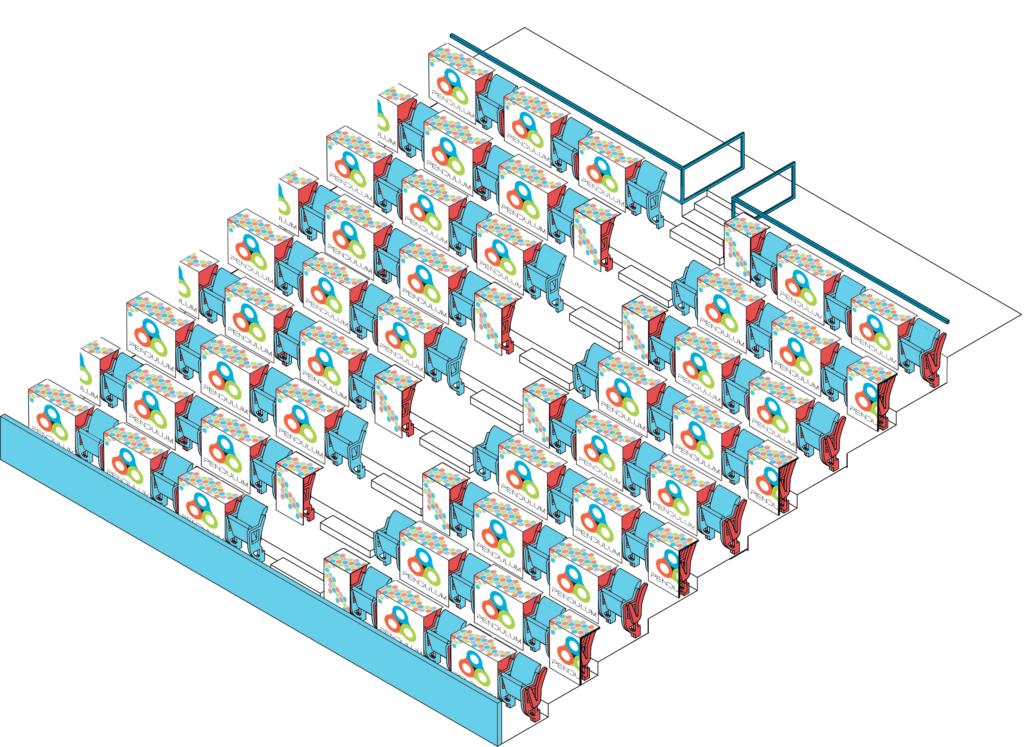
The real juice for me are the individuals with the mindset that looks toward innovation. How do we influence the game to look ahead? There are studies in the hospitality sector that suggest business markets normalizing the second quarter of 2023 – meaning, back to full operations. This tells me that between now and then we as innovators and operators have work to do to assist in gaining the trust of the public with a tangible strategy for enjoying sports in public and in a crowd.
With food and beverage representing approximately 25% of gross revenues for facility operators I think it will be at the center of every conversation moving forward. In the last five years we’ve seen growth in the popularity of the “grab and go” concept in stadiums. The Atlanta Braves have incorporated grab & go at Truist Park, perhaps you’ve even seen the concept developing in popularity at some of the more modern airports, like Detroit (DTW), St. Paul (MSP), and Atlanta (ATL).
We think we’ll see more of this in the future as the next wave of post-COVID-19 concessions in public assembly spaces take shape. For lack of a better term it’s like walking into a very nice gas station or convenience store and quickly grabbing prepackaged food. From an operations perspective it reduces staff requirements because there’s a need for only one or two attendants versus the traditional model of one point of sale (POS) for every five linear feet of counter space. This model also allows for patrons to enjoy an expanded menu of items and brands in a fairly compact area. Most importantly it reduces the amount of product handling that we think will be required to ease the minds of patrons that default to caution. Pendulum is currently working with James Beard nominated Chef/Owner Patrick Q. Ryan of Kansas City based Port Fonda and Quinton VanTonder of SPS Technology to develop a modular approach to the grab and go offering.
With sponsorship representing approximately 20%, and ticketing 50% of gross revenues for facility operators, the thought of an innovative approach to social distancing and sponsor brand exposure is paramount moving forward. If social distancing remains 6’-0” between individuals, that will mean seating bowls will be reduced by approximately two-thirds the current capacity.
It is not likely that we’ll be removing fixed armchair seats with a view to the future when social distancing is no longer required, but in the meantime perhaps a simple solution could be to add branded inventory inserts in-between fixed seating in the interim. In the diagram at the upper right, the blue seats represent inventory available for use post COVID-19, the red represent inventory that will no longer be available. The image at the lower right shows sponsor panels inserted over ineligible seating inventory.
Perhaps the traditional revenue model is inverted and sponsorship becomes the 50% share and ticketed seating becomes 20%. I think this means the value of TV broadcast infrastructure, contracts, and field lighting will need to be improved at facilities that don’t currently have broadcast ready systems in place. No matter how you look at it this leads us right back to the previously mentioned path of food and beverage. If social distancing reduces crowds by two-thirds we can only imagine the good old days of $13 per capita for food and beverage and $2.50 per capita for on-site merchandise sales are in jeopardy.
More questions
Will we see a shift in baseball (MLB and MiLB) and football (NFL) to more dominant sponsor branding on uniforms as we see in Major League Soccer (MLS)? Time will only tell but I’ll say this, one of the brightest things I heard from those that responded to my quick question was from a four-time NCAA Women’s Soccer Champion who stated: “More fan engagement means more ads sold via TV as well as more product being purchased. Again, sports are best viewed in person, but we have to think proactively and look past how it used to be played and viewed.” I think there will be many that try to force a square peg through a round hole, hoping to just go back to the way we’ve always done it. The market is going to demand something different.



